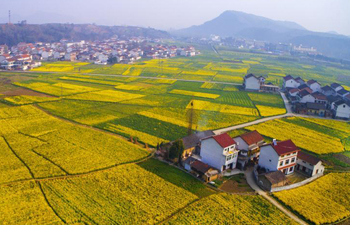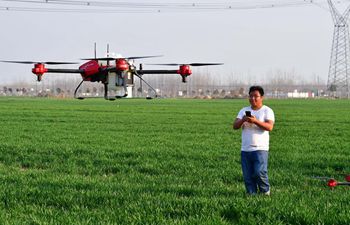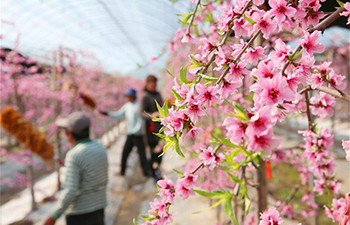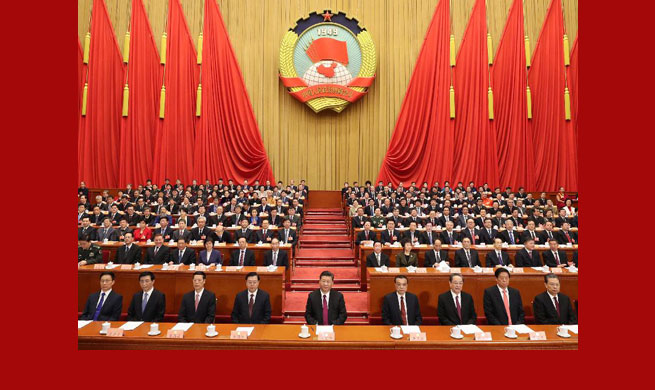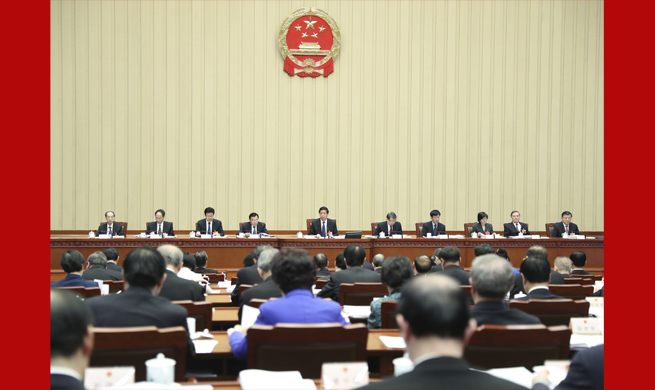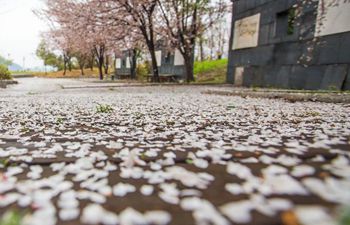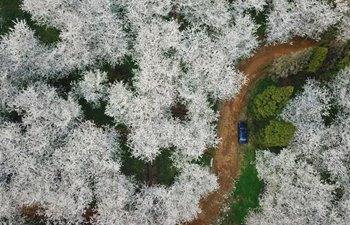LANZHOU, March 16 (Xinhua) -- As a fan of potato buns, Li Juanjuan likes to frequent a bun store in the northwestern Chinese city of Dingxi.
"A toast potato bun is 2.5 yuan (about 0.4 U.S. dollars), only 0.5 yuan higher than the regular flour ones, but they are more chewy and nutritious," Li said.
Potato buns are among the various potato-based versions of traditional Chinese food, including fried dough twists and moon cakes sold at Ma Xiaojun's food stores.
Ma said that staple foods made of potatoes were more popular than before though the prices are a bit higher.
The change came as China is boosting its acreage to make potato one of the country's staple foods to better ensure its food security under the pressure of less farmland, water and labor, among others.
According to the Ministry of Agriculture, by 2020 China will have more than 6.67 million hectares of potato planting areas, 30 percent of which can be processed into staple food.
"Potatoes are productive, easily planted and stored, and have rich nutrition," said Li Xuewen, an official with the potato industry office of Dingxi, Gansu Province.
He pointed out that the average potato contains as much protein as an egg, and 10 times more vitamin C than an apple.
As the government campaign deepens, more companies like Ma's are taking a bigger slice of the market.
Dingxi City, a leading potato planting, production and processing base in Gansu, has 15 potato-based food processing manufacturers and 22 production lines, with annual production capacity exceeding 120,000 tonnes.
In 2017, Ma's four potato food stores registered annual sales revenue of more than 3 million yuan, up almost 50 percent. Jupeng, a halal food company in Gansu, exported 13 million U.S. dollars of staple food made of potatoes to countries in the Middle East last year.
The booming potato industry is also benefiting farmers.
Li Keyi, a farmer in Dingxi, said that in the past a bad-shaped potato could not fetch a good price and would be used to feed the livestock or even dumped.
"But now such potatoes have made their way out thanks to the rapid development of the potato processing industry," Li said.
Since 2015, China has selected more than 10 potato types suitable for processing staple foods and developed more than 300 potato-based versions of staple food.
"Eating potatoes can help Chinese form healthier dietary habits and ensure food security," said Zhang Hong, a research fellow with the farm produce processing institute, the Chinese Academy of Agricultural Sciences.





